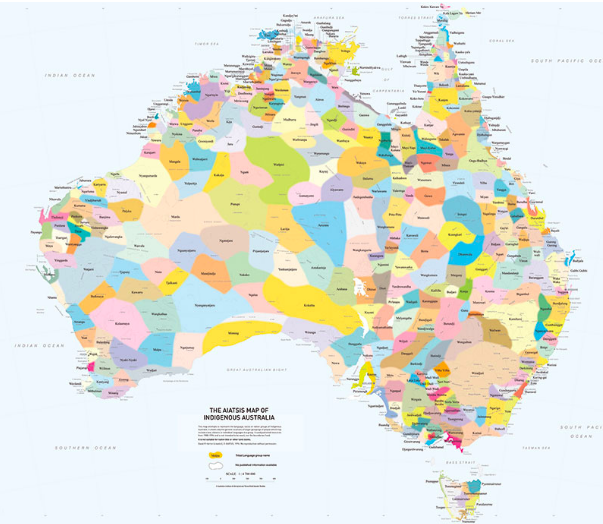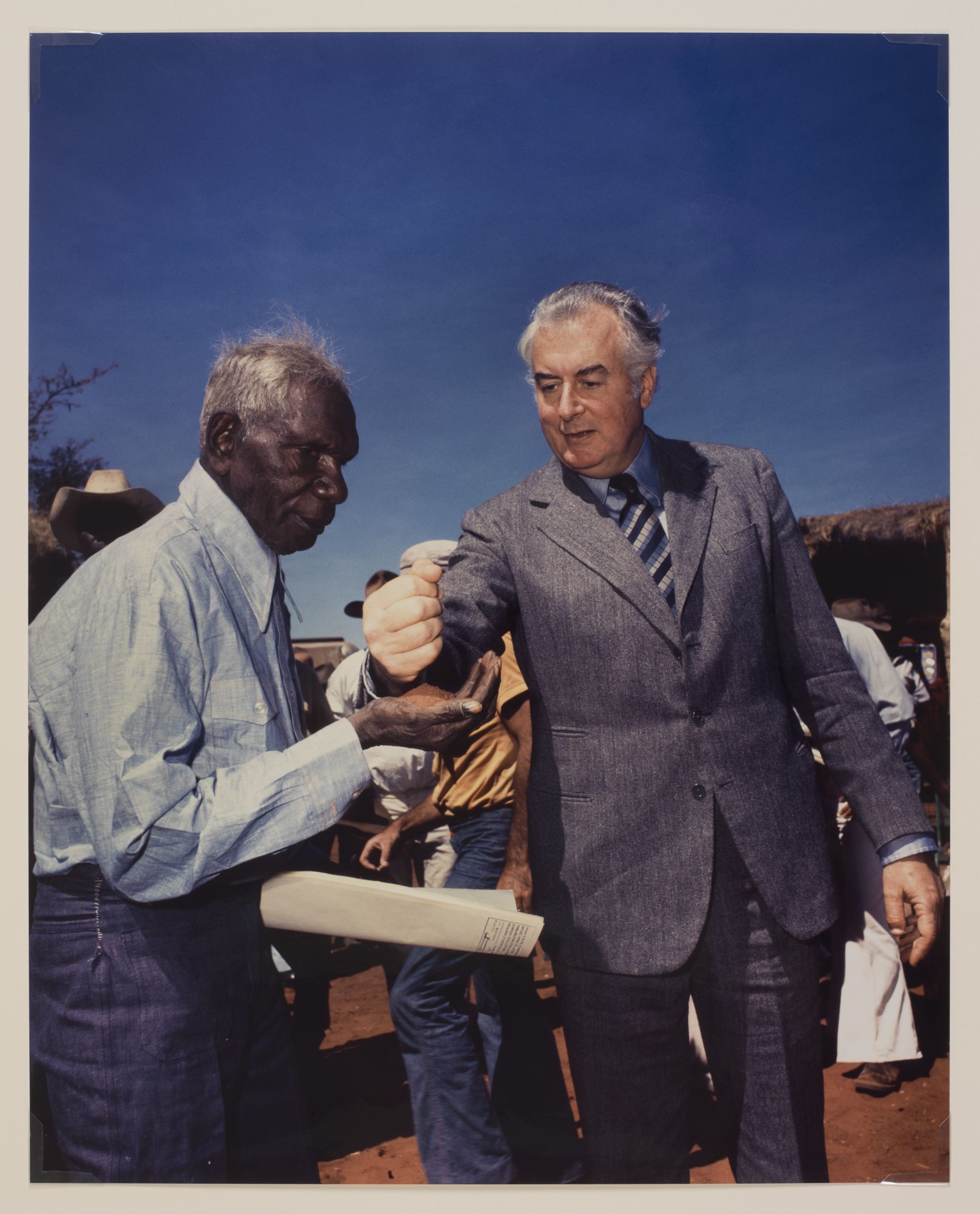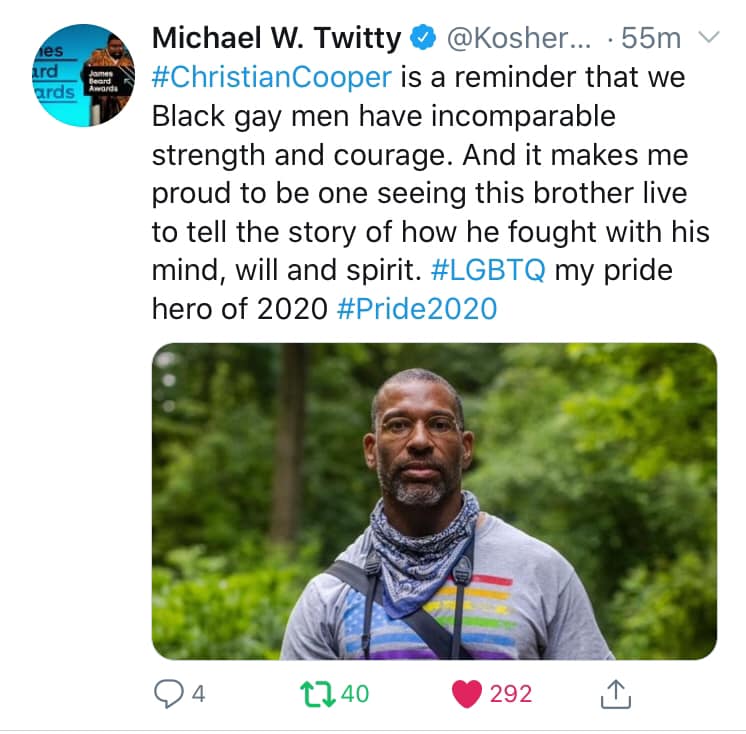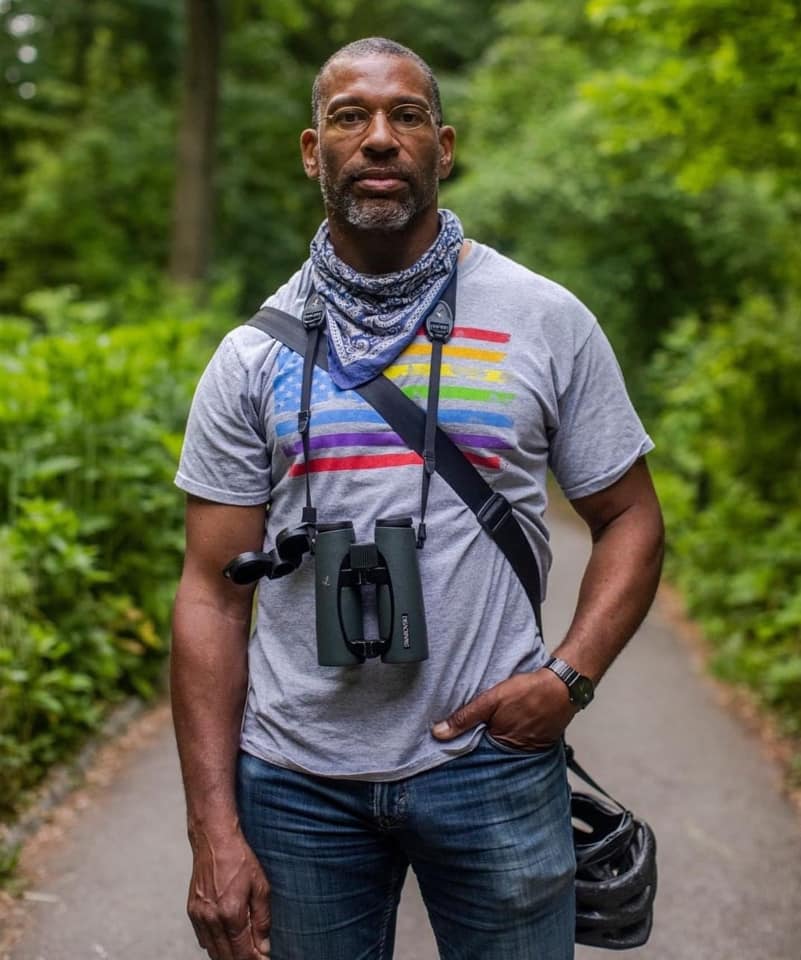I think you all know that I took a break from teaching and running classes last year in about June, before I went away for a long trip. I found it gave me a real break, and I liked it. Though I truly missed the actual teaching part, I didn’t and don’t miss the everyday pressure of management and promotion.
I pivoted a bit, and put more energy into DJing, running live band gigs and weekend events, and I got a bit more into pattern drafting (completely non-dancing related creative fun). And then I started doing 3 days a week of dance practice with a partner, and I was much happier. It’s been many years since I just did dance stuff for my own pleasure and satisfaction. More, please.
This week I’m actually beginning to feel like being creative in a dance-related way. I was really inspired by the little bit of the WHO fundraiser I saw. It was so nice to see people in my timezone and region (Asia) doing normal dance stuff (Vietnam were social dancing), and to hear and see Sing talking about dance <3 And it was lovely to be an audience and listen to friends DJ. I liked it because it was a new thing for me. When I stopped running the classes, I feel a disconnect a few other dance friends have expressed lately. What should I write in email newsletters? Who was I talking to? What did I have to say? I felt like my personal voice was subsumed by the 'voice of the business', and I was uncomfortable with that. So now I'm working on 'stuff I love' and 'stuff I want to do‘.
I’ve been thinking that small events and projects are going to come first in the post-COVID and living-with-COVID world, for safety’s sake. And that a smaller, local focus will perhaps be much more fulfilling and personally stimulating than huge-market stuff. Whether it’s a small class, or a small party where people just socialise in a normal human way, with talking and food and drink and music and dancing, rather than the strange modern lindy hop way, which is nothing but dance.
This hard reset could be a good thing for all of us. As Jon Tigert says in a fb discussion, “Im much more fulfilled by local interactions,” and perhaps this could be a much better, healthier and sustainable direction for lindy hop. Small scale, fulfilling participation in local culture, that can focus on equity and justice and joy and satisfaction on a smaller, more sustainable scale. Rather than thinking ‘I have to spread and preserve lindy hop’, we can think ‘I want and need to have meaningful social interactions because we could go back into iso any time, and I know I miss this real human contact. It’s what feeds my heart.’
And our ‘marketing’ could take that angle: real social interactions that help us get through hard times.




